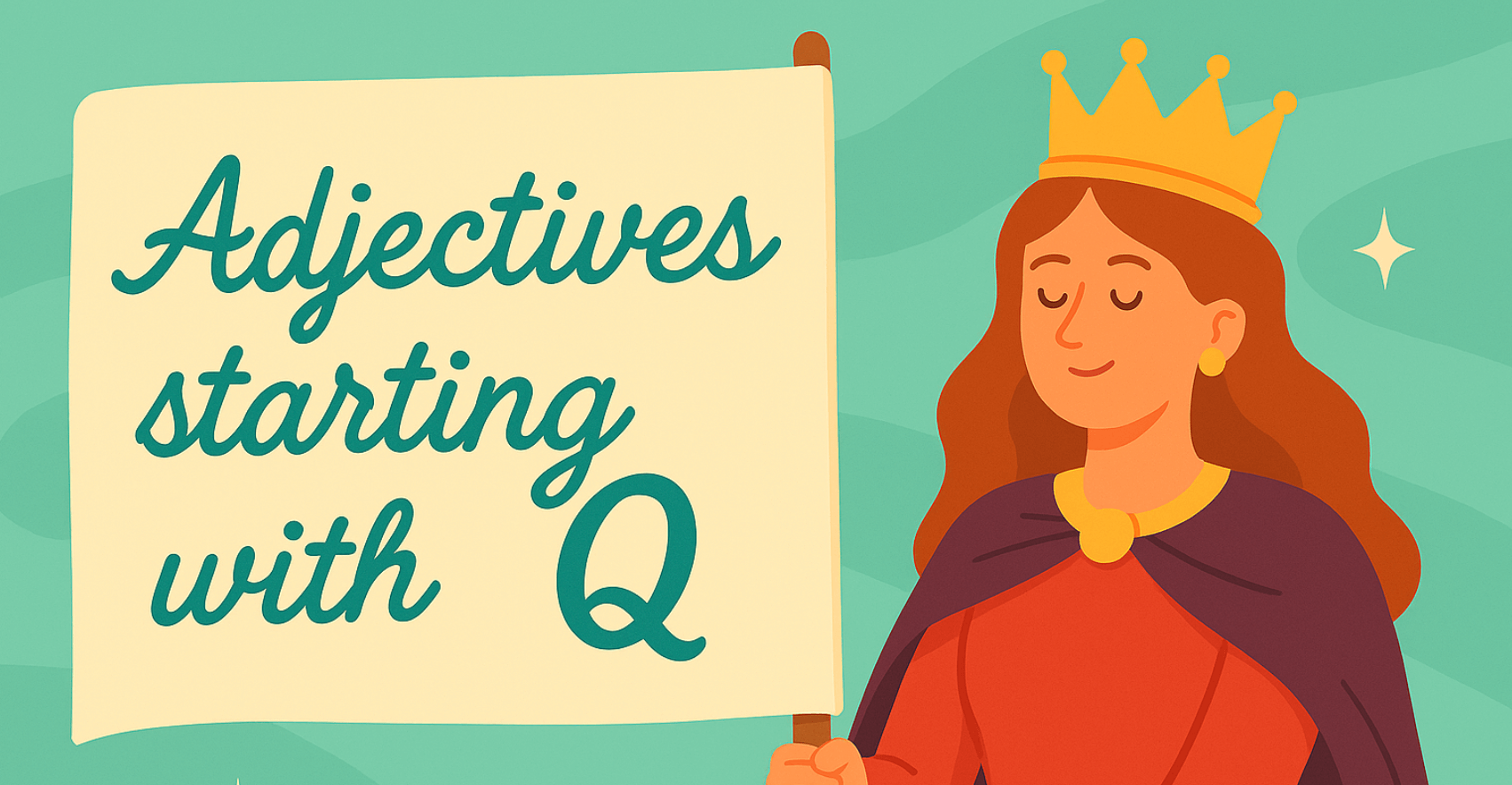Let’s rewind for a moment. Back in 2015, self-publishing was the scrappy underdog, creative, underestimated, and often dismissed by the traditional publishing world. Authors who were tired of waiting for approval from gatekeepers took matters into their own hands, armed with a story and a stubborn streak of determination.
Fast forward to today, and that underdog has grown into a powerhouse. Self-publishing is reshaping the entire publishing industry; it’s not just surviving, it’s leading a creative revolution. Indie authors are launching careers on their terms, reaching global audiences, and transforming what it means to be a writer in the modern world.
Now, as we look ahead to 2025, the momentum is only growing. The landscape is shifting toward speed, innovation, and creative control. Traditional publishing still has its place, but indie authors and forward-thinking platforms are driving the future faster, bolder, and more connected than ever.
So if you’ve ever dreamed of holding your book in your hands or watching readers fall in love with your story, now is the time to act. The door is wide open, and the path has never been more exciting.
Indie Authors Rising: Why Self-Publishing Is Leading the Literary Charge
There was a time when self-publishing felt like setting up a lemonade stand next to a five-star café, plucky, but easy to overlook. Not anymore. Today, self-published authors aren’t just holding their own against traditional publishers; they’re dominating bestseller lists, building loyal audiences, and redefining what success looks like in the literary world.
Much of this shift comes from the rapid growth of digital formats like eBooks and audiobooks, which have leveled the playing field. Authors like Adam Croft have sold millions of copies without ever signing with a traditional publisher, proving that with the right strategy, independent publishing can be both creatively fulfilling and financially rewarding.
The true power of self-publishing lies in the freedom it offers: full creative control, higher royalties, and the ability to move fast. You don’t need to wait a year (or more) for a green light; authors can now publish on their timeline, with their vision intact.
Once seen as a last resort, self-publishing is increasingly the first choice for modern writers. With the right story and smart marketing, even a quirky tale about your cat’s daily antics has the potential to go viral.
The Winds of Change: Trends Shaping the Future of Publishing
Artificial Intelligence is no longer the stuff of sci-fi, it’s becoming every author’s most efficient creative partner. From AI-powered writing tools that help polish your prose to automated audiobook narration, tech is revolutionizing the way stories come to life.
Imagine a tool that not only edits your manuscript but also designs a stunning, genre-perfect cover, no Photoshop skills required. These aren’t just fancy add-ons; they’re time- and cost-saving essentials that free writers to do what they do best: create.
Beyond just aesthetics, AI is helping democratize access to publishing resources. The result? A smoother path from idea to publication, with fewer roadblocks and more time to write your next big thing.
Print-on-Demand: Goodbye, Dusty Warehouses
Forget garages stacked with unsold books; print-on-demand (POD) is here to save your space and your budget. This model allows authors to print copies only as they’re ordered, cutting out waste, upfront costs, and logistical headaches.
As sustainability becomes a must, not a maybe, POD is emerging as a smart, eco-friendly publishing standard. It keeps inventory lean, costs low, and readers happy with fresh-off-the-press copies delivered right to their doors.
The Social Media Stage: Where Authors Become Influencers
Publishing a book is only half the story; building a connection with your readers is the other. Today’s authors aren’t just storytellers; they’re personal brands. And social platforms like Instagram, TikTok, and Goodreads are where the magic happens.
The key? Show up as yourself. Share snippets of your writing journey, post behind-the-scenes moments, host live Q&As, or read a passage from your latest chapter. Bonus points if your cat co-stars.
Consistency, creativity, and authenticity can turn casual readers into die-hard fans. In today’s publishing world, going viral might just be as important as getting published.
The Rise of Niche Markets
The self-publishing industry has witnessed a significant shift towards niche markets in recent years. This trend is driven by the increasing demand for specialized content that caters to specific interests and demographics.
Growing Demand for Specialized Content
Gone are the days when self-published authors aimed to please everyone. Today, the focus is on creating content that resonates deeply with specific audiences. This shift towards niche markets is a game-changer, allowing authors to connect more authentically with readers who share their passions and interests. Whether it’s a cozy mystery set in a small town or a detailed guide on urban gardening, specialized content is capturing the hearts and minds of readers like never before.
Top Performing Niches in Self-Publishing
Certain niches have emerged as clear winners in the self-publishing arena. Here are a few that are making waves:
- Romance: Always a crowd-pleaser, the romance genre continues to dominate self-publishing charts. With sub-genres like historical romance, paranormal romance, and contemporary romance, there’s something for every love story enthusiast.
- Science Fiction and Fantasy: These genres boast a dedicated fan base eager for new worlds and epic adventures. Self-published authors are thriving by delivering fresh, imaginative tales that captivate these readers.
- Non-Fiction: From self-help books to memoirs and how-to guides, non-fiction is a goldmine for self-published authors. Readers are hungry for knowledge and personal stories that inspire and educate.
Strategies for Identifying Profitable Niches
Finding the right niche can be the key to self-publishing success. Here are some strategies to help you identify profitable niches:
- Research Amazon Bestseller Lists: Keep an eye on what’s trending in various categories. This can give you insights into what readers are currently interested in.
- Analyze Social Media Platforms: Platforms like Instagram, TikTok, and Goodreads are treasure troves of information. Look for popular topics and hashtags to gauge reader interest.
- Use Online Tools: Tools like Google Trends and Keyword Planner can help you identify popular search terms and emerging trends.
- Engage with Readers: Direct feedback from your audience can be invaluable. Use surveys, social media polls, and reader comments to understand their preferences and interests.
By focusing on niche markets, self-published authors can carve out a unique space in the publishing industry, connecting with readers on a deeper level and driving book sales.
Audiobook Revolution and Emerging Formats
The audiobook market has experienced significant growth in recent years, and this trend is expected to continue. Self-published authors are now exploring emerging formats such as audiobooks, creating audiobooks that connect with listeners, and podcasts to reach a wider audience.
Advancements in Text-to-Speech Technology
Advances in text-to-speech technology have revolutionized the audiobook market, making it more accessible than ever for self-published authors. No longer do you need a professional recording studio or a hefty budget to produce a high-quality audiobook. AI-powered narration tools are now capable of creating audiobooks that rival those produced by traditional publishing houses.
Imagine having an AI narrator that can bring your story to life with just a few clicks. These tools can produce high-quality audiobooks with minimal human intervention, allowing you to focus on your writing. Plus, the ability to create audiobooks in multiple languages means you can reach a global audience, expanding your book’s reach and potential sales.
The democratization of audiobook production is opening up new opportunities for authors to connect with listeners, grow their audience, and tap into a rapidly expanding market.
In conclusion, the future of self-publishing is bright, with niche markets and emerging formats offering exciting new avenues for authors to explore. By staying ahead of these trends and leveraging the latest technologies, self-published authors can continue to thrive and succeed in the ever-evolving publishing industry.
Your Publishing Journey Awaits – Start NowMarketing Magic: Getting Your Book into Readers’ Hands
Let’s be honest, great writing is only half the battle. Getting your book into the hands of readers takes strategy, timing, and a bit of marketing magic. With targeted book marketing, you can reach more readers and get your story into the hands of those who’ll love it.
The Art (and Science) of Pricing
Pricing can make or break your book’s momentum. For new authors, pricing an eBook around $2.99 is often the sweet spot, low enough to attract curious readers, high enough to signal quality. The key is finding the right balance between affordability and perceived value.
Limited-time discounts, promotional pricing, and free previews can help generate buzz and build early traction. In a competitive market, a smart pricing strategy is just as essential as a great story.
Judging Books by Their Covers (Because Everyone Does)
We’ve all heard the saying, but let’s be honest, people do judge books by their covers. In a sea of scrolling thumbnails, a striking, professional-looking cover can be the difference between a casual glance and a click that leads to a sale.
Fortunately, today’s authors have access to powerful design tools that make it easier than ever to create polished, genre-appropriate covers, no design degree or hefty budget required. Whether you’re working with a freelance designer or using intuitive AI-based platforms, investing in a strong cover is one of the smartest moves you can make.
The Power of Email: Building Your Reader Army
Think email marketing is outdated? Think again. With one of the highest ROIs in digital marketing, email is your most direct and reliable line to readers who care about your work.
Use your mailing list to share behind-the-scenes updates, sneak peeks of upcoming books, or heartfelt thank-yous to your growing fanbase. Whether you’re launching your first title or your tenth, an engaged email list can become your most powerful marketing asset.
The Changing Face of the Publishing Industry
Traditional publishing isn’t disappearing, but it is evolving. As independent authors and small presses continue to thrive, even major players like Penguin Random House are adapting, experimenting with hybrid models that combine traditional methods with more flexible, author-friendly approaches.
The global book market is shifting. Driven by rapid advancements in technology, like artificial intelligence, machine learning, and automated production, self-publishing has become a serious contender, not just an alternative. What was once seen as the “indie route” is now a respected, often preferred path for authors who want more control over their careers.
Today’s publishing landscape is no longer a binary choice. Authors can blend speed with professionalism, independence with support, and innovation with tradition, all on their terms.
Navigating Self-Publishing’s Challenges with Confidence
Self-publishing is a thrilling and rewarding path, but let’s be real, it comes with its fair share of challenges. From imposter syndrome to marketing mishaps, many authors quickly discover that writing the book is only half the journey. The other half? Learning to wear a dozen hats, often all at once.
That’s why having the right tools and support system is essential. Today’s self-publishing landscape offers a wealth of resources designed to simplify the process, from automated professional proofreading and intuitive formatting tools to streamlined distribution platforms that get your book into global marketplaces.
The key is to break the journey into manageable steps. When you approach publishing strategically, it becomes far less overwhelming and a lot more empowering. With the right setup, you can move from manuscript to published author without feeling like you just scaled a mountain in flip-flops.
The Final Word: The Future Is Yours to Write
The self-publishing world is no longer a quiet corner of the literary market; it’s a vibrant, fast-moving frontier where bold storytellers are taking charge. From AI-powered tools and print-on-demand to global distribution and direct access to readers, the barriers to entry have never been lower, and the opportunities, never greater.
As we step into 2025, one thing is clear: the authors who thrive will be the ones who stay curious, stay agile, and stay true to their voice. Whether you’re crafting epic sagas, heartfelt memoirs, or playful children’s books, your story matters. And the tools to bring it to life are right at your fingertips.
So don’t wait for permission. Don’t wait for the “right time.” The future of publishing belongs to those who dare to claim it. Write boldly. Publish bravely. The world is ready.
FAQs- Self-Publishing Trends 2025
Q1: What are publishers looking for in 2025?
Publishers will likely be looking for books that resonate with evolving cultural trends, diverse voices, and emerging topics in sustainability, technology, and personal well-being. The demand for digital formats, particularly audiobooks and e-books, will continue to grow, as will books that appeal to niche markets or offer specialized content in self-help, fiction, and educational genres. Publishers will also look for authors who are savvy in building platforms and engaging with readers directly.
Q2:How much do publishers pay authors in advance?
Advances vary widely but typically range from $5,000 to $20,000 for debut authors, with top-tier authors earning significantly more.
Q3: How much does it cost to publish a book in 2025?
The cost of publishing a book depends on the method:
- Traditional publishing: No upfront costs, but marketing and distribution expenses apply.
- Self-publishing: Author’s cover:
- Editing: $1,000-$5,000
- Cover design: $200-$1,500
- Formatting: $200-$500
- Marketing: Varies
- Editing: $1,000-$5,000
Self-publishing typically involves higher upfront costs, but authors retain control over royalties and pricing.
Q4: What is the most successful self-publishing company?
- Amazon KDP: Popular and easy-to-use platform.
- IngramSpark: Great for global distribution and print-on-demand.
- Draft2Digital: User-friendly with a wide distribution network.
- Lulu: Offers custom printing options.
- Spines: Provides a user-friendly platform with AI tools and strong marketing features.
Q5: Can self-published books be sold in bookstores?
Yes, self-published books can be sold in bookstores, but it’s often a bit more challenging. While major chains may not stock self-published books, local bookstores and independent retailers may consider them, especially if the author works with distribution platforms like IngramSpark, which offers wider retail distribution. Authors can also approach local bookstores directly or set up consignment deals to get their books on the shelves.
Q6: Can self-published books win awards?
Yes, self-published books can win awards. Several literary awards are open to self-published works, and some, like the Independent Publisher Book Awards (IPPY) or the Next Generation Indie Book Awards, specifically recognize self-published authors. However, winning awards may require extra effort, such as submitting books to award programs, promoting the book to judges, and ensuring that the book meets high-quality standards.
Q7: How long does it take to self-publish a book?
Self-publishing can take anywhere from a few weeks to several months, depending on the steps involved. If the manuscript is already complete and edited, it could take as little as a month to publish. However, factors like editing, cover design, formatting, and marketing can extend the process, often ranging between 1-3 months for a comprehensive, well-prepared launch.
Q8: Is it hard to market a self-published book?
Marketing a self-published book can be challenging because it requires a lot of time, effort, and strategy. Authors need to build their brand, connect with readers on social media, and run paid ads (e.g., Amazon, Facebook, or Instagram). They also need to create an email list, offer promotions, and engage with reader communities. The marketing process can be overwhelming, but with consistent effort and a targeted strategy, it’s possible to gain significant traction.








